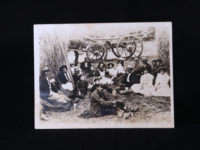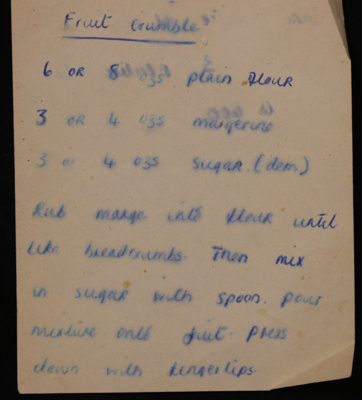The crop farming that is so compatible with East Anglia’s landscape is reflected in its dialect. For example, the East Anglian word for a flail – a tool used for threshing grain – is a dick-and-daniel or alternatively a stick-and-a-half. The latter refers to the shape of the flail, which was made of two wooden sticks loosely attached with a metal chain. Before mechanisation, the threshing of wheat and other grains was done by hand, with the swingle or swivel of the flail being beaten against the sheaf to separate the grain from the chaff or screenings.
The Survey of English Dialects, conducted between 1950 and 1961, was mostly concerned with rural speech and therefore included a dedicated section on threshing in its dialect questionnaire. This yielded rich dialect variation all over England for words relating to this standard agricultural practice, as well as fascinating discussions about the effects of mechanisation on farming.






